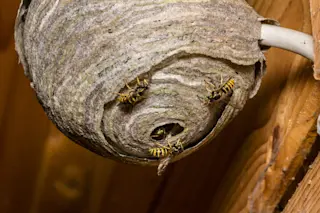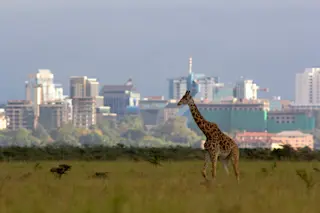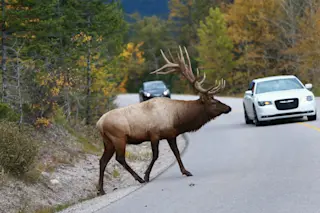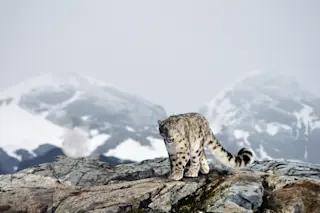The first thing Swedish sea bum Fredrik Fransson noticed as he set out from the Vava’u Islands in Tonga last August was that the water was the wrong color. Instead of the familiar deep blue of the open ocean, the waters surrounding the Maiken were lagoon green. Then as the vessel continued westward, the surface of the ocean inexplicably turned to stone. “We looked out, and in front of us it was as if there was no more sea,” he recalls. “It was like the Sahara, with rolling hills of sand as far as the eye could see.” But the Maiken hadn’t run aground. Instead, she had sailed into a massive raft of floating pumice stone. No one on Earth knew it yet, but just a few miles away, the ocean floor was violently thrusting up fresh new land.
“Often in the South Pacific you have clouds on the horizon, ...














